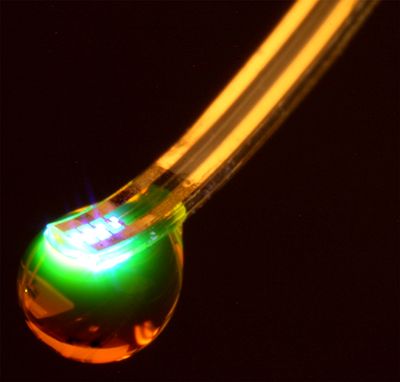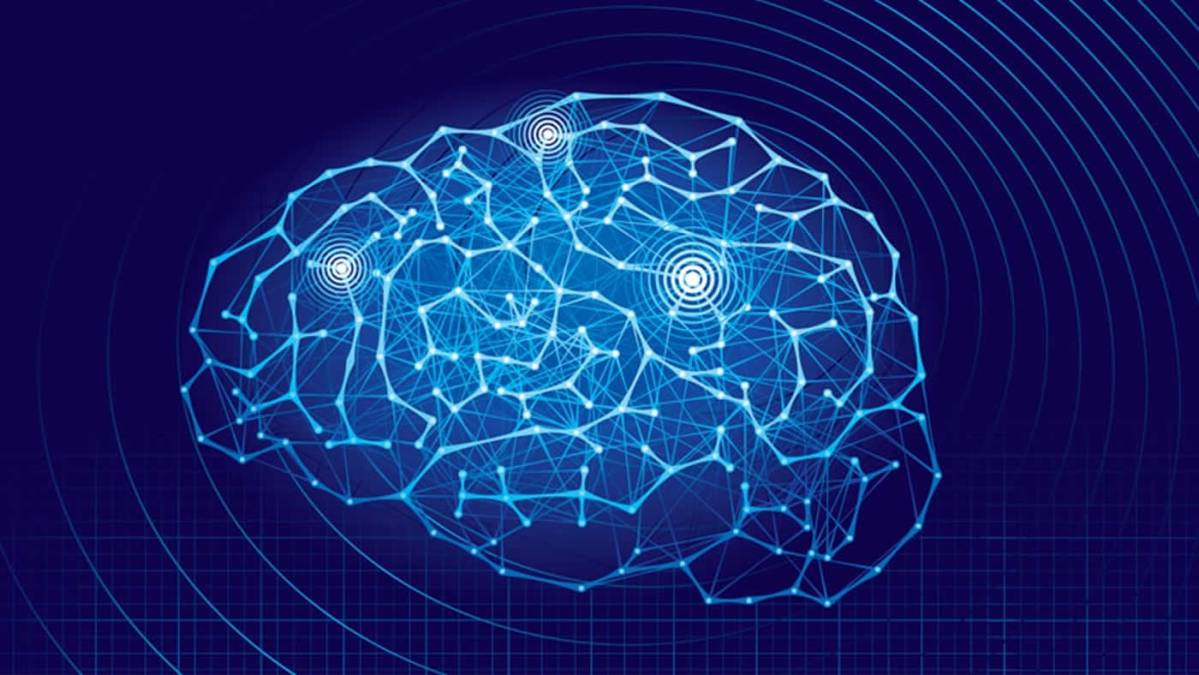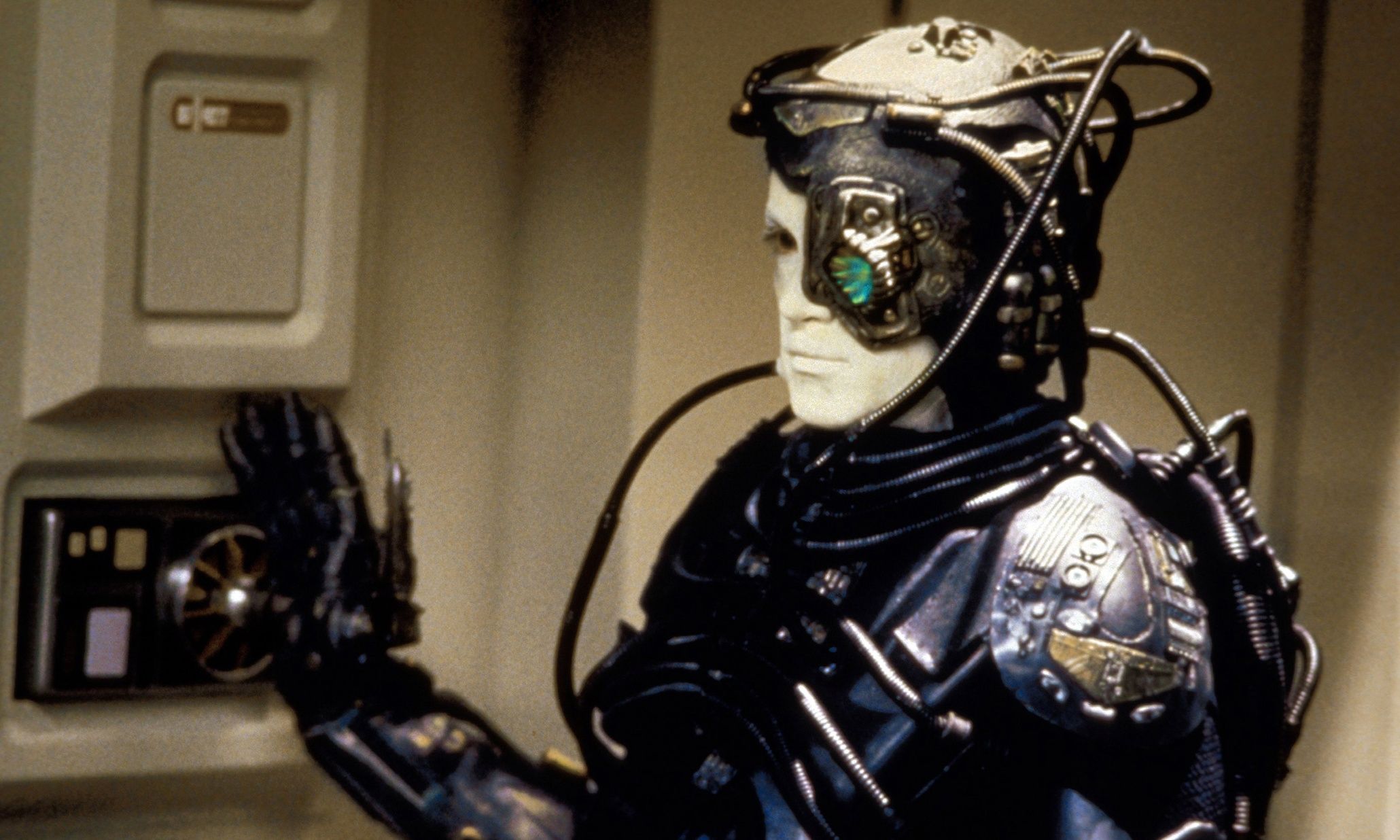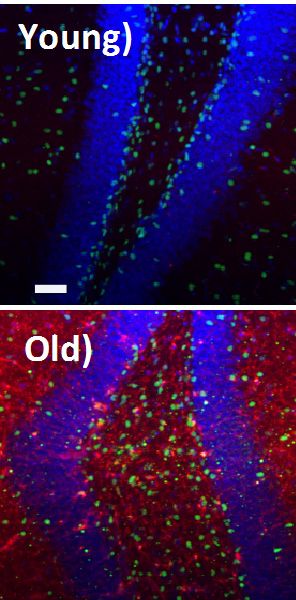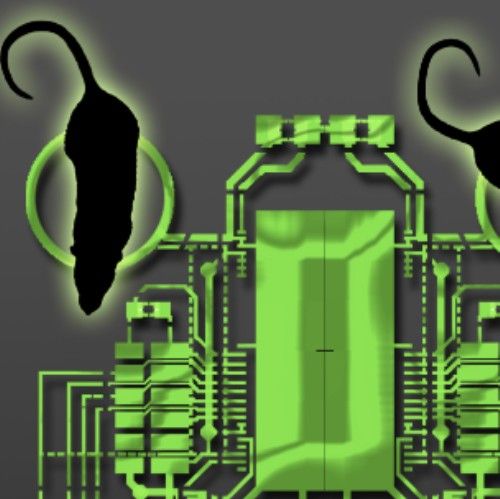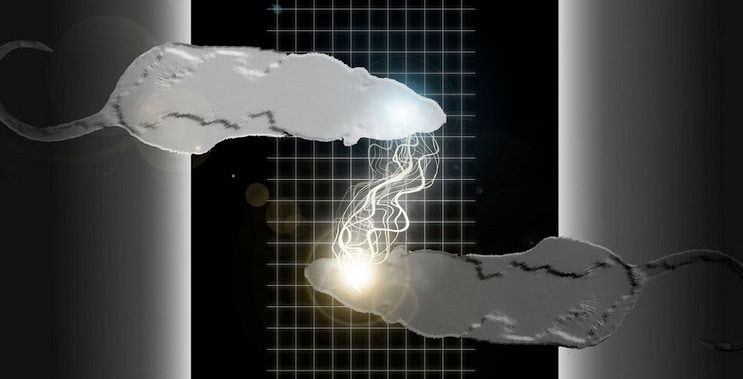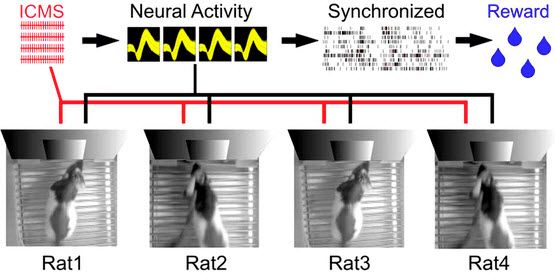Archive for the ‘neuroscience’ category: Page 1029
Jul 20, 2015
An analysis of the history of technology shows that technological change is exponential
Posted by Lily Graca in categories: computing, electronics, neuroscience, Ray Kurzweil, singularity
“An analysis of the history of technology shows that technological change is exponential, contrary to the common-sense “intuitive linear” view. So we won’t experience 100 years of progress in the 21st century — it will be more like 20,000 years of progress (at today’s rate). The “returns,” such as chip speed and cost-effectiveness, also increase exponentially. There’s even exponential growth in the rate of exponential growth. Within a few decades, machine intelligence will surpass human intelligence, leading to The Singularity — technological change so rapid and profound it represents a rupture in the fabric of human history. The implications include the merger of biological and nonbiological intelligence, immortal software-based humans, and ultra-high levels of intelligence that expand outward in the universe at the speed of light.” — Ray Kurzweil.
Jul 18, 2015
Algorithms Based on Brains Make For Better Networks
Posted by Sean Cusack in categories: computing, information science, neuroscience
Researchers take inspiration from the developing brain to create improved computer algorithms.
Jul 18, 2015
Monkey ‘brain net’ raises prospect of human brain-to-brain connection
Posted by Phillipe Bojorquez in category: neuroscience
In two separate experiments, scientists have formed a network from the brains of monkeys and rats, allowing them to co-operate and learn as a “superbrain”.
Jul 17, 2015
Drug perks up old muscles and aging brains
Posted by Steve Hill in categories: biotech/medical, life extension, neuroscience
Irina Conboy is making some amazing advances in aging and rejuvenation research at Berkley. The Conboy lab has been steadily making progress in regenerative medicine and is potentially a few years from having something viable in terms of regenerative medicine. It would be amazing if the community could get behind a single breakthrough project like Irina is working on and making sure this technology arrives soon.
Jul 17, 2015
A Researcher Made an Organic Computer Using Four Wired-Together Rat Brains
Posted by Klaus Baldauf in categories: computing, neuroscience
Jul 13, 2015
Interconnected Rat Brains Create Organic Computer
Posted by Philip Raymond in categories: bioengineering, bionic, biotech/medical, computing, neuroscience
Scientists have been experimenting with brain-to-brain interfaces for years. Miguel Nicolelis, a neurobiologist at Duke University Medical Center, has created a “Brainet” or a network of interconnected brains with four rats. With electrodes implanted directly in the cortex rodents exchange information to create an organic computing device. Collectively, they were able to solve computational problems including image processing, storing and recalling information and even predicting precipitation.
Read the full story by Mona Lalwani at Engadget
Duke scientists successfully linked the brains of two rats and three monkeys this week—bringing us one step closer to a superbrain that could harness the power of collective thought.
Jul 10, 2015
Neuroscientists create organic-computing ‘Brainet’ network of rodent and primate brains — humans next
Posted by Sean Brazell in categories: computing, electronics, futurism, neuroscience
Experimental apparatus scheme for a Brainet computing device. A Brainet of four interconnected brains is shown. The arrows represent the flow of information through the Brainet. Inputs were delivered (red) as simultaneous intracortical microstimulation (ICMS) patterns (via implanted electrodes) to the somatosensory cortex of each rat. Neural activity (black) was then recorded and analyzed in real time. Rats were required to synchronize their neural activity with the other Brainet participants to receive water. (credit: Miguel Pais-Vieira et al./Scientific Reports)
Jul 5, 2015
Google’s Dream Robot Is Running Wild Across the Internet
Posted by Sean Brazell in categories: information science, neuroscience, robotics/AI
Remember a few weeks back, when we learned that Google’s artificial neural network was having creepy daydreams, turning buildings into acid trips and landscapes into Magic Eye pictures? Well, prepare to never sleep again, because last week, Google made its “inceptionism” algorithm available to the public, and the nightmarish images are cropping up everywhere.
